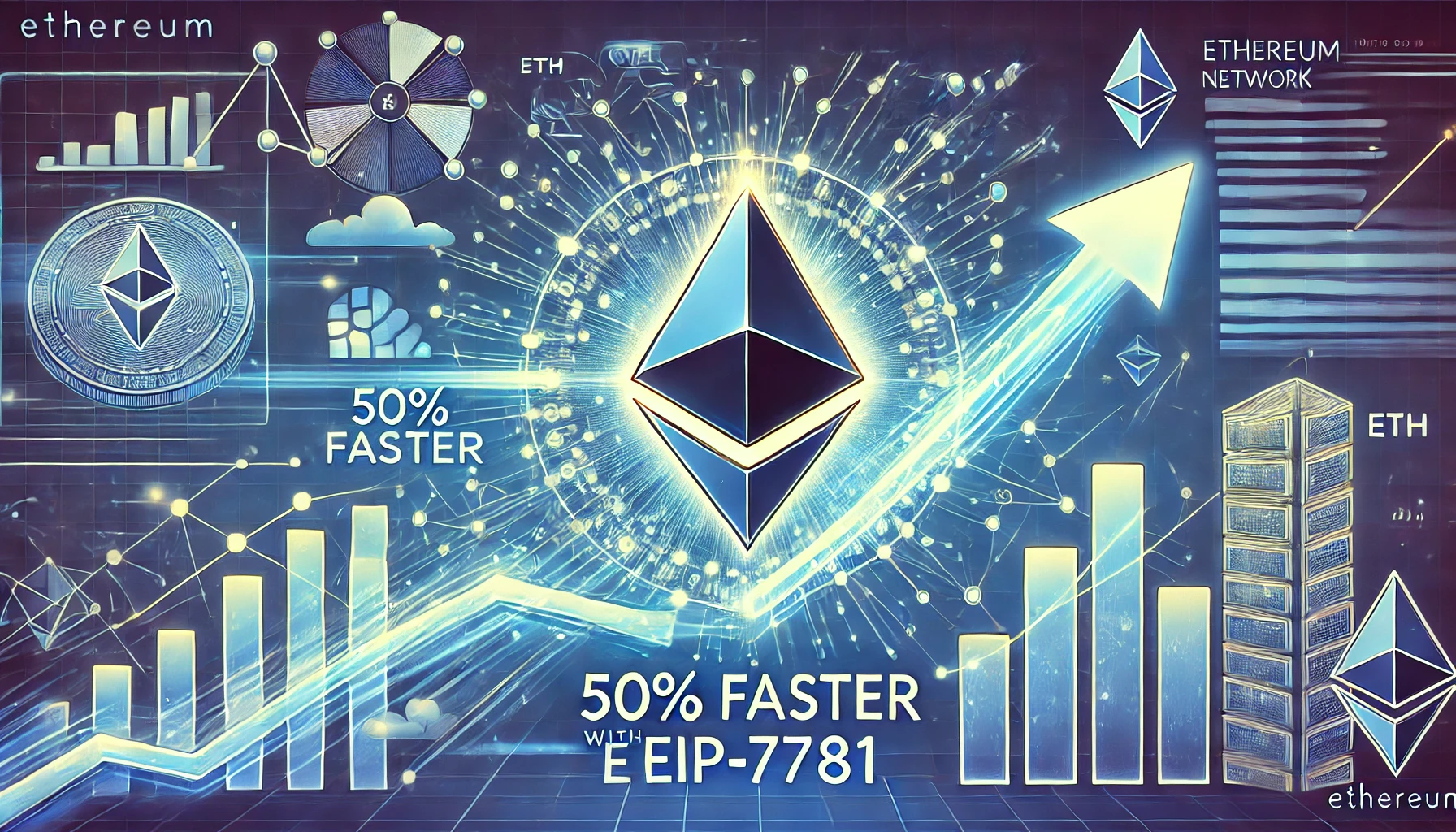Pulse of Information
Your source for the latest insights and updates.
ETH: The Cryptocurrency that Thinks it's an Artist
Discover how ETH blends art and technology, turning cryptocurrency into a creative powerhouse. Dive in and see why it thinks it's an artist!
How Ethereum's Smart Contracts Are Redefining Artistic Expression
Ethereum's smart contracts are revolutionizing the way artists create, share, and monetize their work. By automating agreements between creators and consumers, these self-executing contracts eliminate intermediaries, allowing artists to retain a greater share of profits. This new paradigm empowers creators to establish direct relationships with their audiences, fostering a sense of community and loyalty. For example, a musician can release a new album through a smart contract, ensuring that every sale and stream is tracked transparently, and earnings are distributed automatically to all involved stakeholders.
Moreover, smart contracts enable innovative forms of artistic expression that were previously unimaginable. Artists can encode their works into NFTs (non-fungible tokens), which are unique digital assets verified on the blockchain. This technology not only authenticates ownership but also allows artists to embed royalties in their creations. Each time an artwork is resold, a portion of the sale can automatically be directed back to the original creator, ensuring ongoing revenue. This unique capability is redefining the relationship between art and commerce, and opening up new avenues for artistic expression in the digital age.

The Role of NFTs in Ethereum's Creative Revolution
The rise of NFTs (Non-Fungible Tokens) has marked a significant turning point in Ethereum's creative revolution, providing artists and creators with new ways to monetize their work. By leveraging the power of blockchain technology, NFTs offer a unique digital signature for each piece of art, allowing for verifiable ownership and provenance. This innovation not only supports the original creators but also creates a direct connection between them and their audience, eliminating the need for intermediaries. As artists are increasingly embracing this technology, the traditional paradigms of art ownership and distribution are being challenged, fostering a vibrant, decentralized ecosystem that rewards creativity.
NFTs have also empowered a diverse range of creators, from musicians to digital artists, to explore novel ways of expression and income generation. This shift is indicative of a broader trend within Ethereum, where the principles of decentralization and community engagement play pivotal roles. With platforms dedicated to NFT marketplaces, creators can showcase their work directly to a global audience, transforming the way we view digital art and collectibles. As this creative revolution continues to evolve, the impact of **NFTs** on the cultural landscape will likely expand, inspiring even more innovation and collaboration within the Ethereum community.
Is Ethereum the Future of Digital Art Ownership?
The emergence of Ethereum has revolutionized the concept of digital art ownership, enabling artists to tokenize their works through non-fungible tokens (NFTs). This innovative approach provides a unique digital signature for each piece of artwork, creating verifiable scarcity and enhancing an artist's ability to retain control over their creations. As the NFT market continues to grow, many speculate that Ethereum will play a pivotal role in shaping the future landscape of art by allowing artists to sell their works directly to collectors, bypassing traditional intermediaries and securing higher profits.
Moreover, Ethereum's smart contract functionality empowers artists to incorporate royalty fees into their sales. This means that every time a work is resold, the original creator benefits financially, fostering a sustainable ecosystem for artists. As digital art gains mainstream acceptance, the question arises: will Ethereum become the standard for digital art ownership? With its decentralized infrastructure, the potential for increased accessibility and democratization of the art world could indeed make Ethereum the foundation upon which the future of digital art ownership is built.